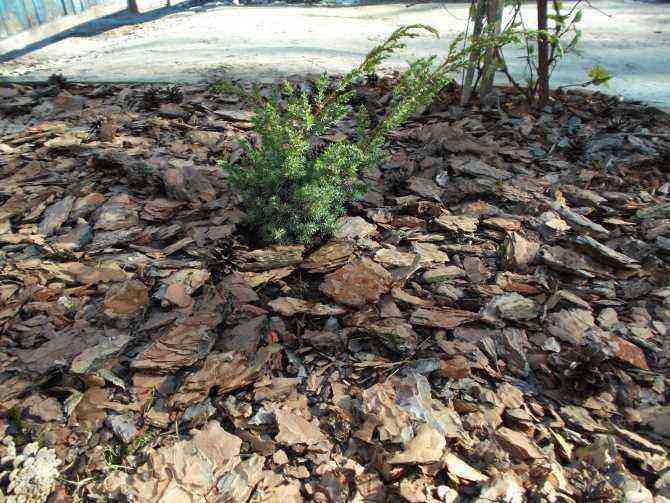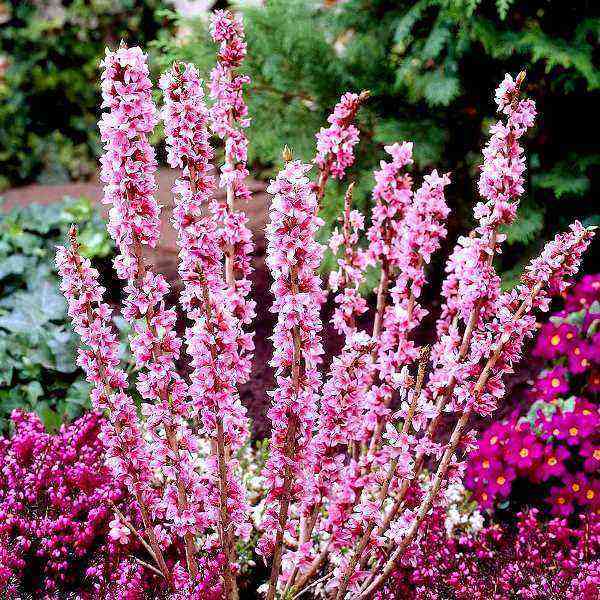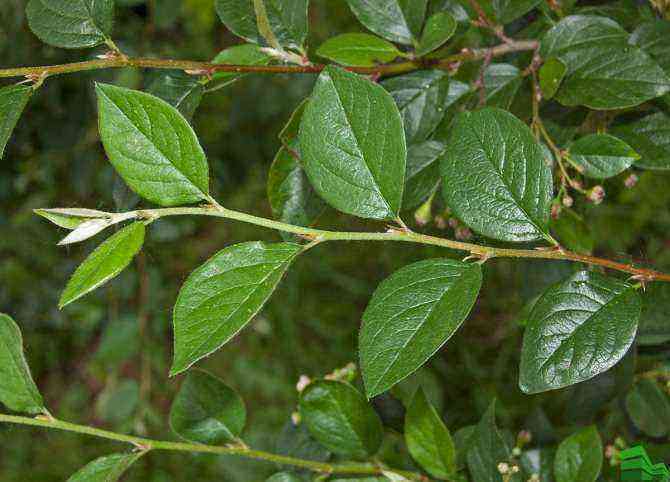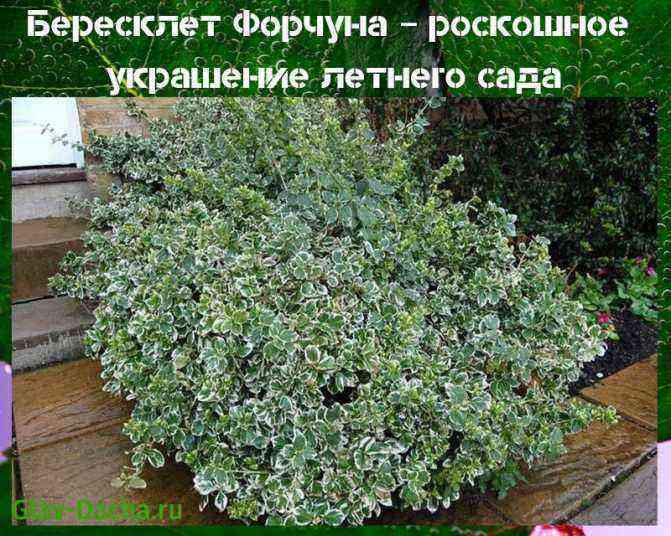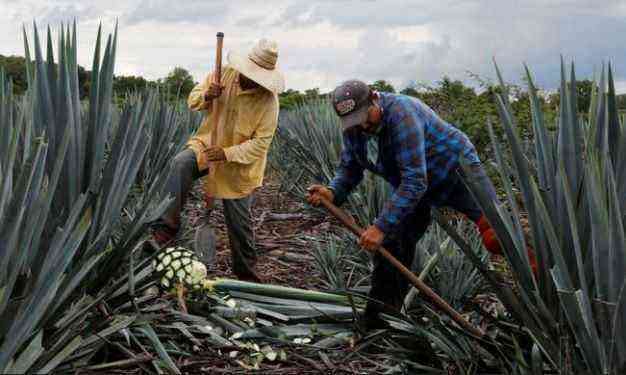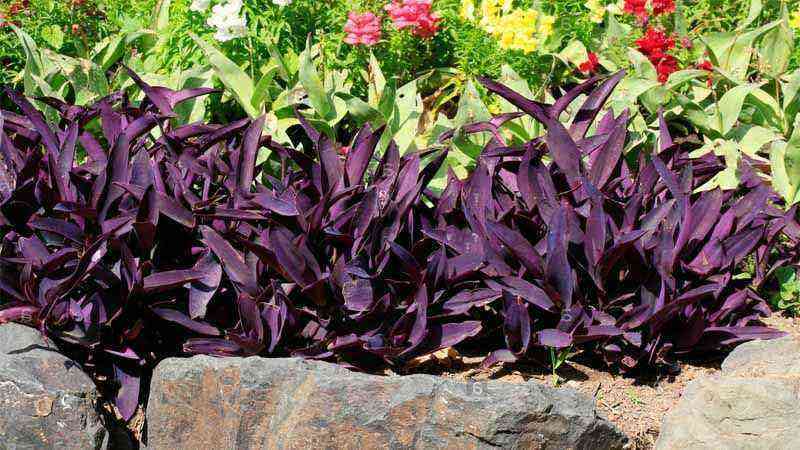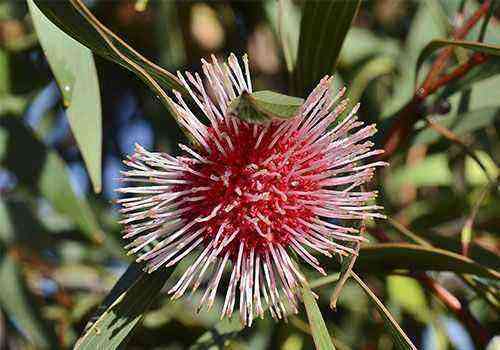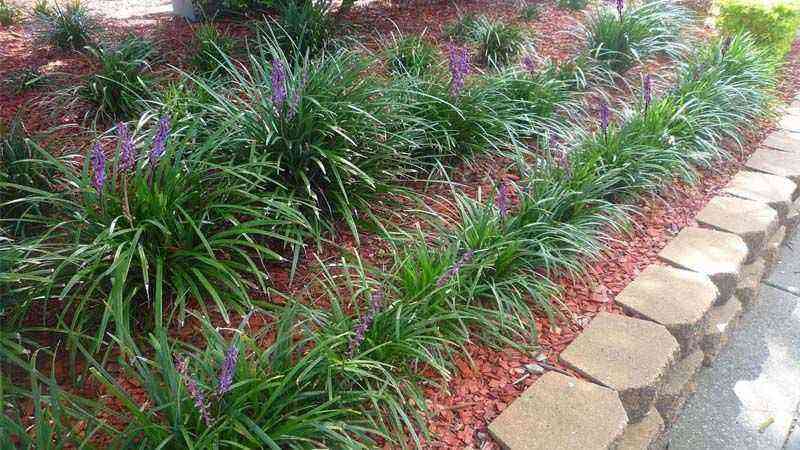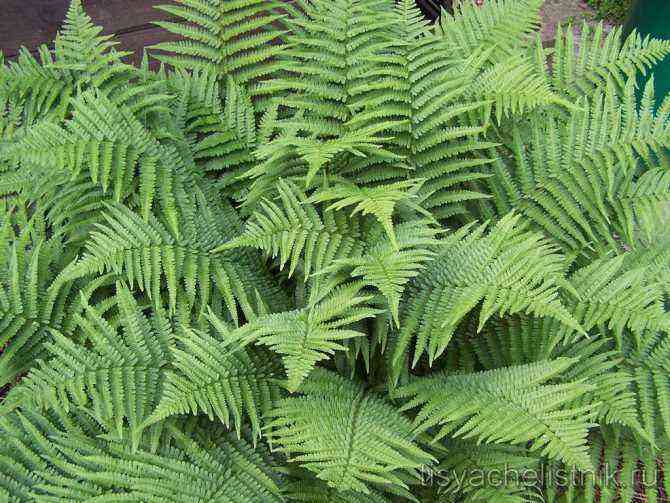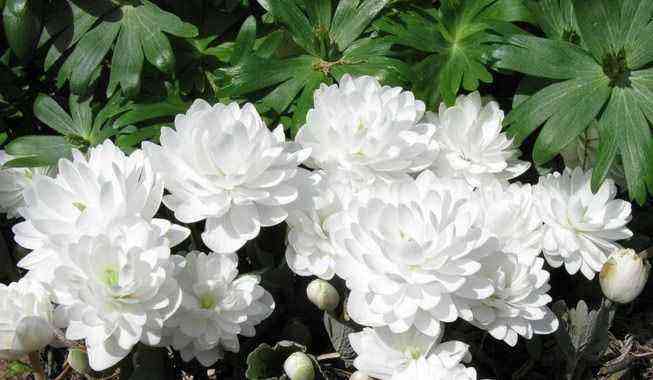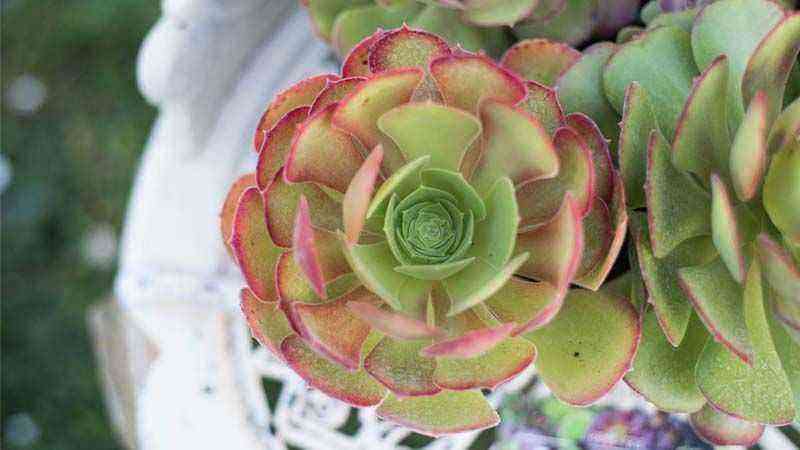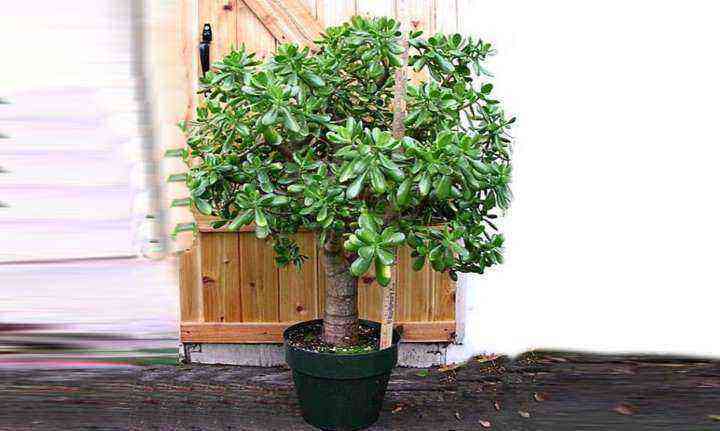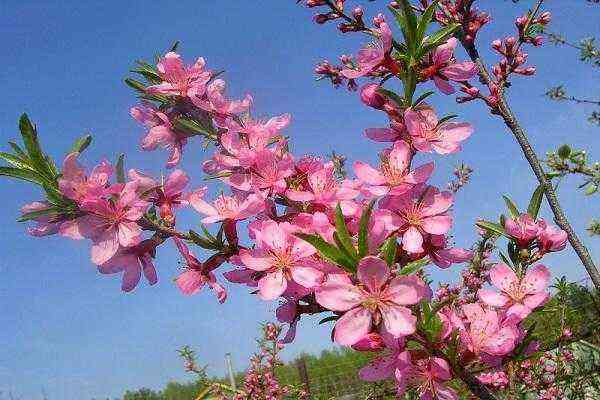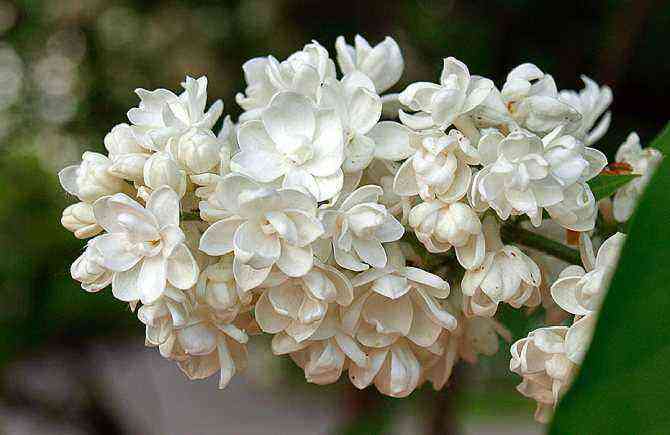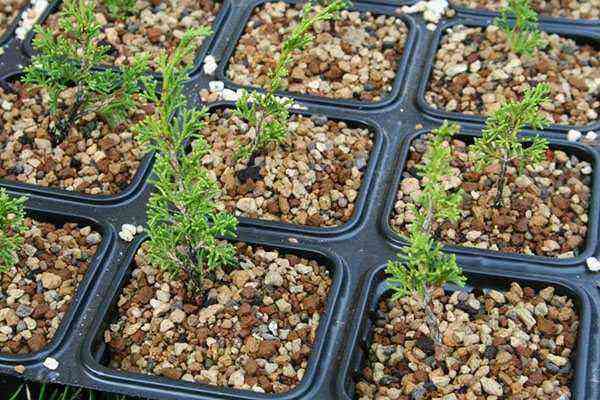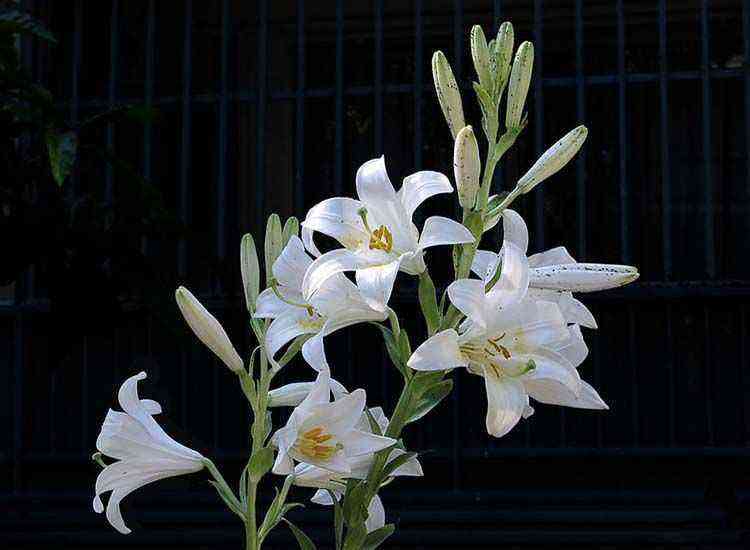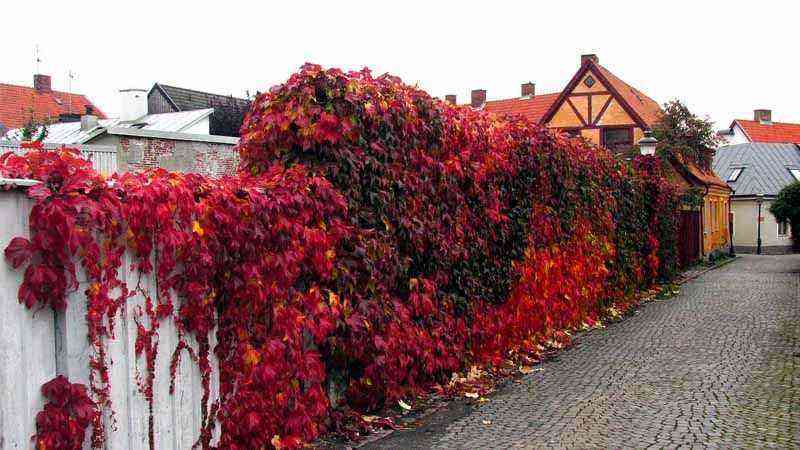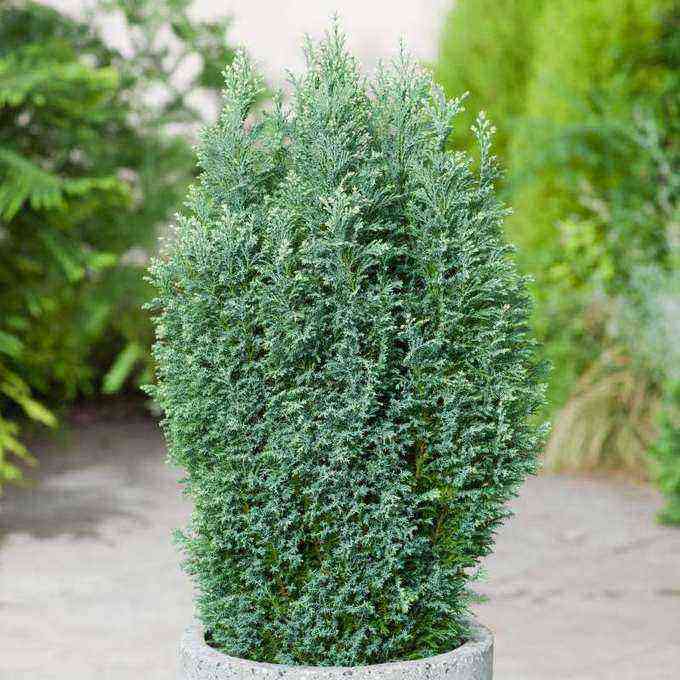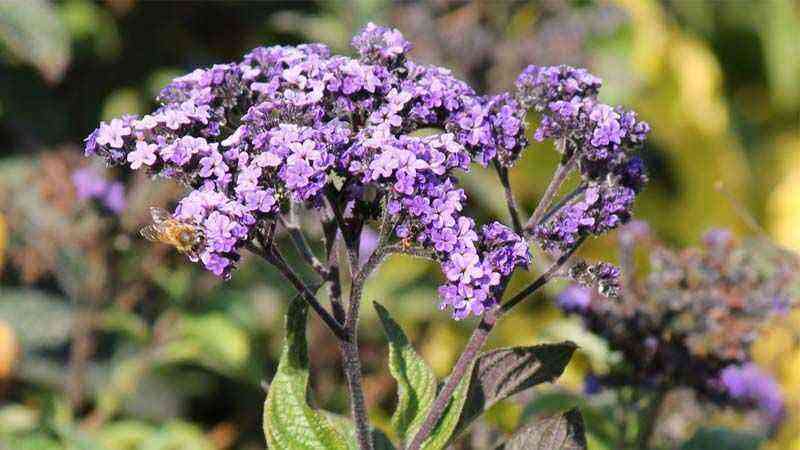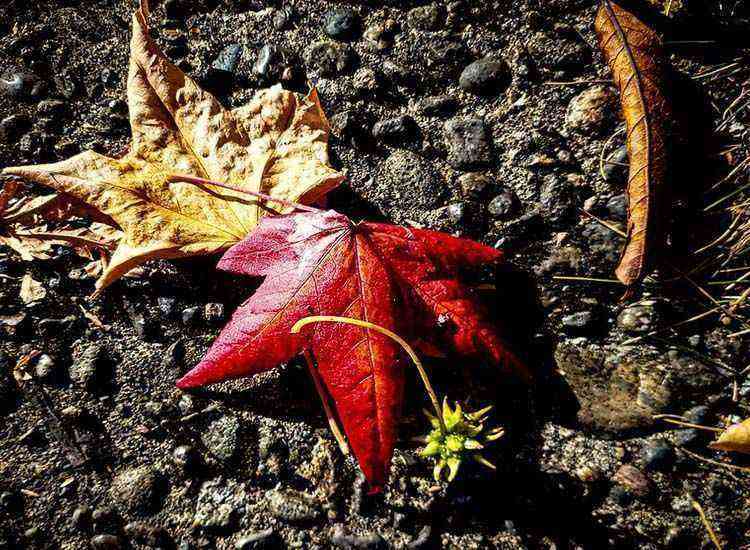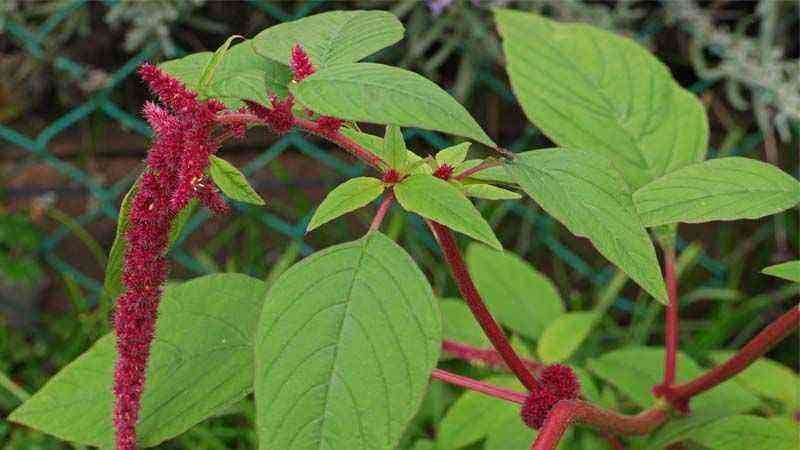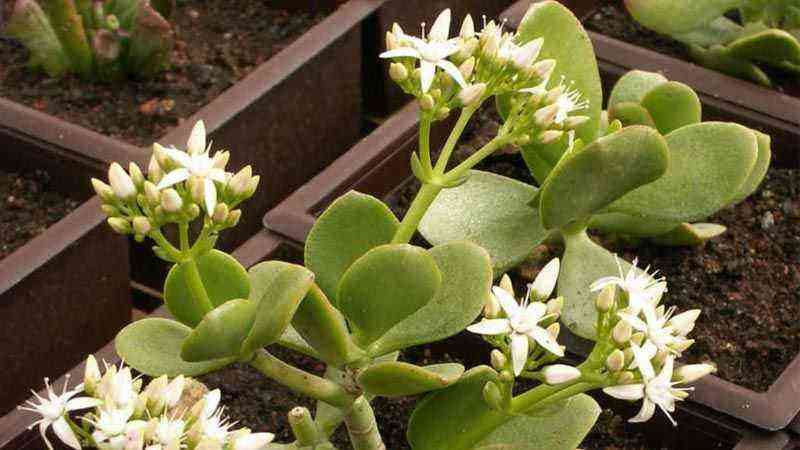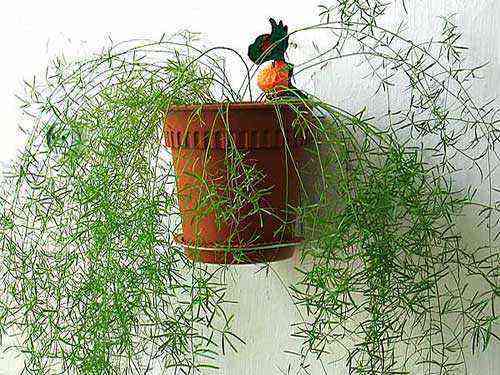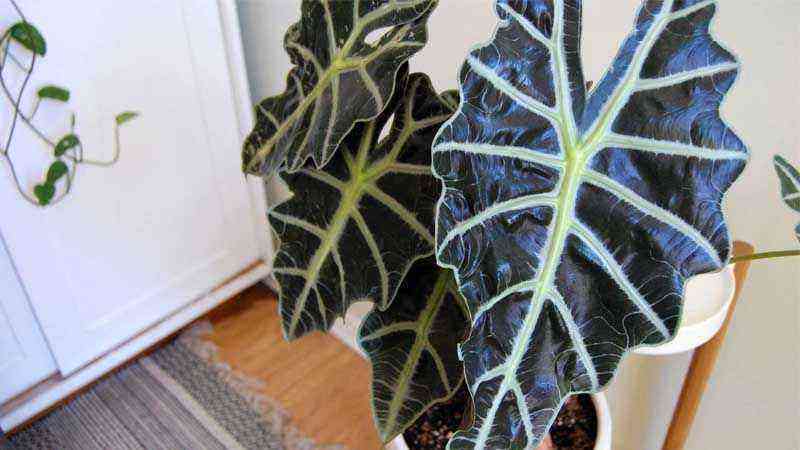Today in Agromática we have to talk about the Violets, a plant that we can have both in the garden and in pots (although the ideal is to have them in the garden). We will be surprised by its colorful contrast between the green of its leaves and the violet color (hence its name) of its flowers.
A crop with many properties that you will comment on later and, as always, we will offer you some conditions for its cultivation. Let’s go there.
Simple steps to grow violets
We know violets scientifically as Scented violet. It is a perennial plant that belongs to the Violaceae family, as the name of the plant itself indicates. It is perfectly indicated for our garden for the simple fact of the duration of its flowering. We can enjoy the violet color of its flowers when the temperatures accompany it, that is, in many places almost all year round, except for very cold or very hot seasons (9 or 10 months).
How does the weather affect violets?
La Scented violet, as we have commented before, we can have it either planted in some space of the garden that we have, or well in pots. In any case, it does not suffer excessive problems with either the cold or the heat. The latter if we must consider (as we will see in irrigation) that while the humidity remains constant it will withstand high temperatures without problems, but we will see a big drop in violet when the sun hits strong and it lacks water.
With regards to lightingThe ideal is to have them all day in full light but avoid direct sun as much as possible. If we have the violets in a pot or a planter it is easy to control it, but if we have it grown in the garden it is more complex. When the sun shines all day we will notice how the plants are “Sad” and down and, of course, they will need more frequent watering. A trick? place a tree right in the center of your violet garden. It will filter the sun’s rays, conserve soil moisture, and avoid direct contact with radiation.
Characteristics of the soil or substrate
You need a floor with good drainage capacity (given the water amount with which it is going to be watered) but with the ability to conserve moisture, and with a good content of organic matter. I will try not to forget to tell you how to know how much organic matter It is necessary to add to a soil so that it is in optimal conditions (engineering has to serve something, right ?;)).
For the substrate of a pot we can mix organic matter (compost or manure) together with soil from the garden, or use a bag of those they sell, preferably peat with good nutrient content.
Irrigation and fertilization, 2 important elements in violets
Un Essential requirements. Indispensable requirements in the care of violets is to keep the humidity level constant, especially in summer. It needs regular watering 2 times a week in normal conditions and 3 times a week in summer to ensure optimal growth.
As soon as we get out of this line of action, the violets will take nothing and less to develop a yellowing of their leaves and a general “sadness” of the whole plant or the group of plants. As soon as we water, it will take very little time for them to come up. They are crops that they very much appreciate the watering and humidity.
As to subscriberWe have commented that violets needed soils with good organic matter content. If you already have located an area of your garden where you are going to grow them, you can prepare a bottom fertilizer (1 or 2 months before growing them), adding a layer of manure or compost from your own composter.
An approximate amount can be 0,75-1 kg of MO per square meter, depending on the soil you have.
Time to multiply! How do we do it?
As with most things that happen in our lives, there is always a choice. In this case, to multiply the violets we can choose buy seeds or by division of layers or stolons.
La multiplication by seeds it is very simple and cheap. The envelope is worth just over € 1 and can be planted at the beginning of October, when we have come out of the great heat of the summer season.
Through stolons tYou can also get new (similar) plants from Scented violet. In itself, the violet is already capable of generating stems that in contact with the ground, its nodes are capable of generating roots. In addition, as it is a creeping plant (it does not grow more than 20-30 cm) the chances of degenerating roots increase.
When this occurs, you separate the stem and transplant it to the place you want.
Some properties of the Scented violet
In harnessing the violet as a medicinal plant we can divide two main parts of the plant, the leaves and the flowers.
Leaves They can be used for salads and you can get a good varied dish if you mix them with canons, lettuce, endive, etc. It is important that if you use them for this purpose, you only select the youngest, the adult leaves leave a bitter taste.
As for the flowers they also have their gastronomic use but it is normally used more as a medicinal. It can be used as an antiseptic, against headaches, throat hoarseness, muscle aches, cold or flu relief, etc. All these properties were already known to the Greeks and were defined by Nicholas Cullpeper, a highly reputed English botanist of the seventeenth century.

